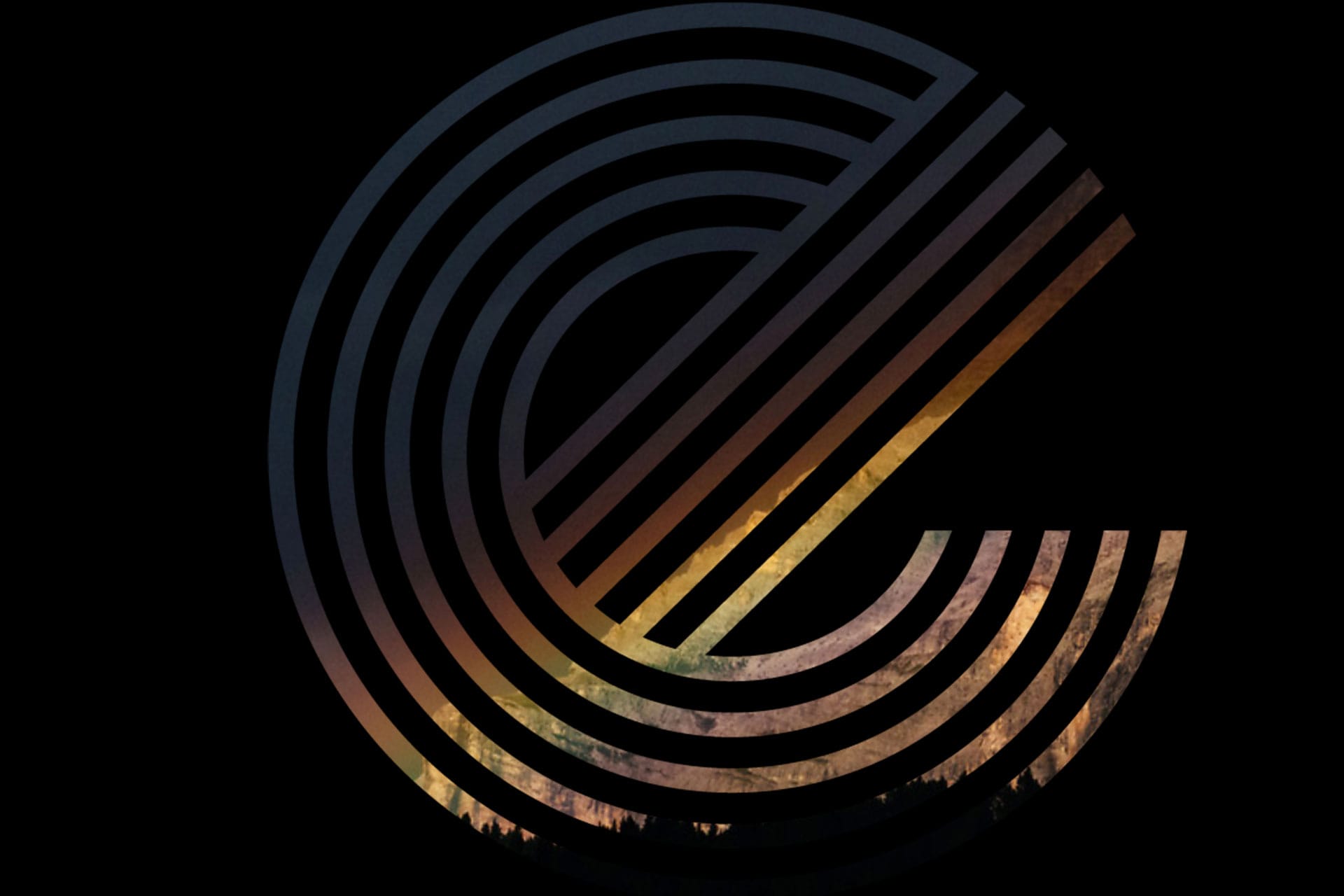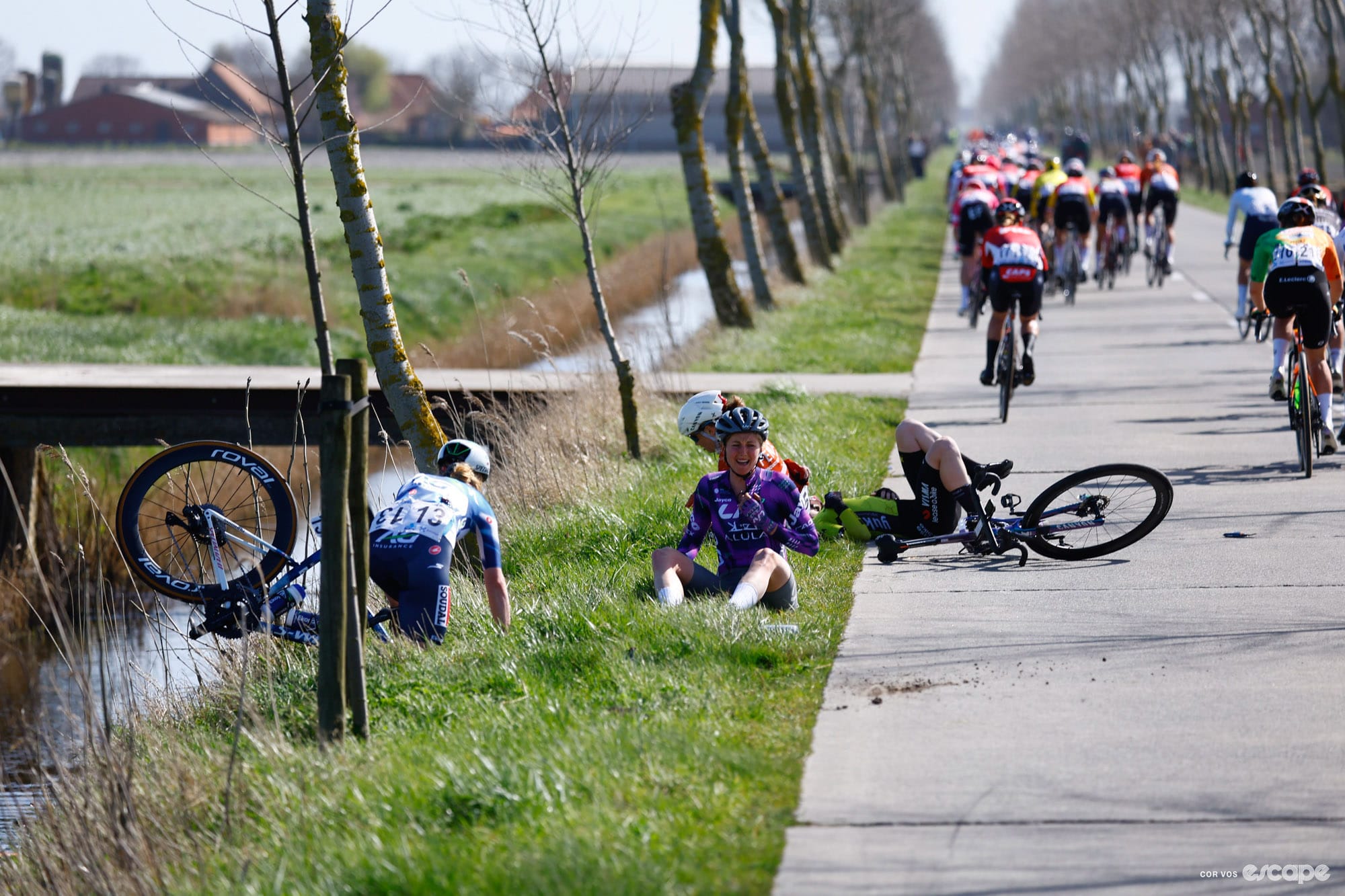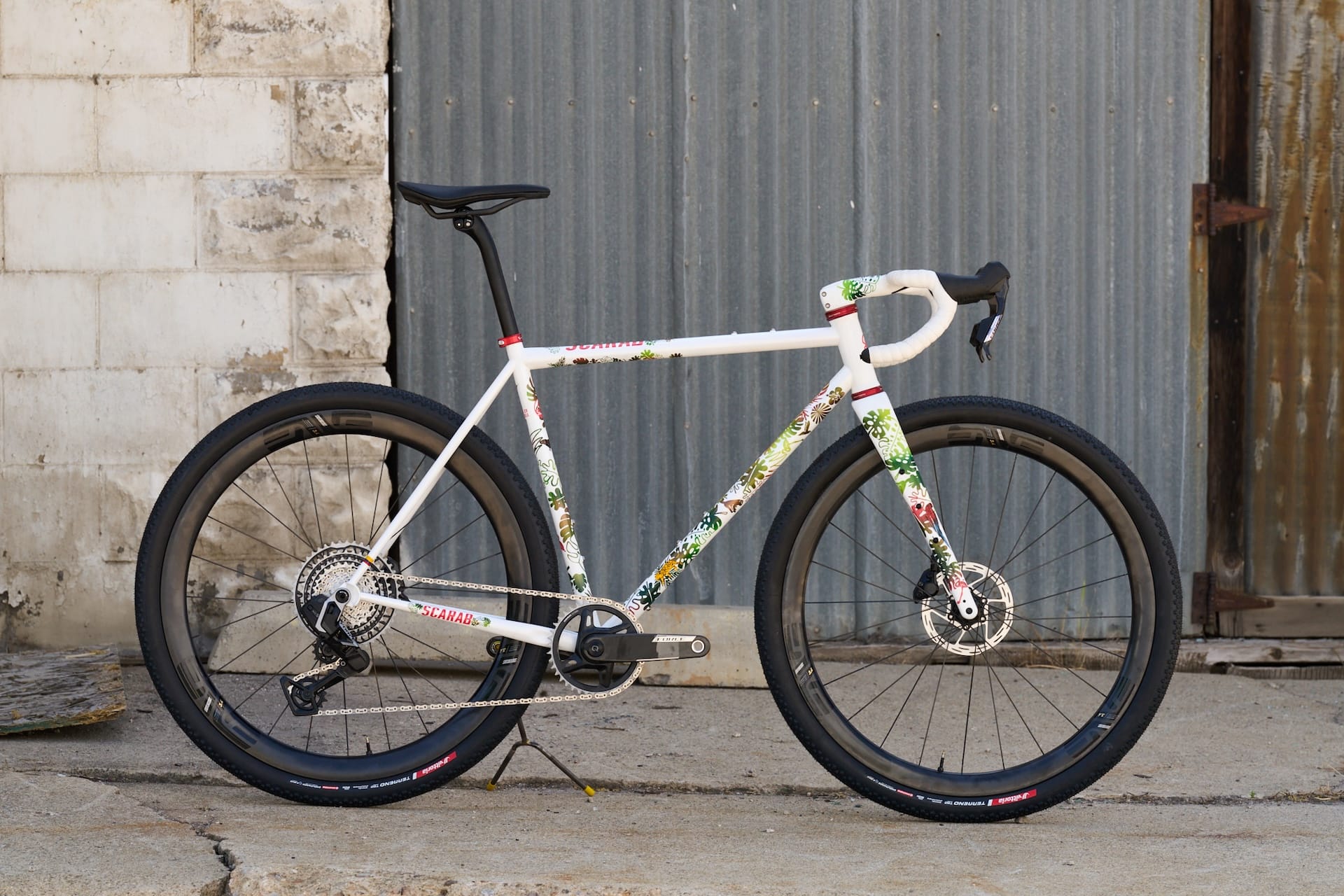The Tour de France is complicated. Three weeks, flat stages, mountain stages, individual time trials, 21 winners but also one winner, and then other winners of other categories too? And a team wins? But also nobody really cares which team wins. Polka dots are involved somehow? And what on earth is a horse category?
There are a million and one "What the Tour de France Jerseys Mean" stories out there as most bicycle websites have a top-secret Search Engine Optimization chophouse in the shed out back because many people are googling that phrase every summer. We don't have such a chophouse, and this isn't the start of one. What we do have are many friends who just watched Tour de France: Unchained and have lots of questions.
If you, too, have such friends, feel free to send them this. We're going to start basic and then go real deep.
How does the Tour de France work?
The simplest version: Each stage, one per day, is its own race. The whole Tour de France is a championship of sorts, totalling up those daily races. The yellow jersey is the champion, and the winner of it is decided by the fastest total time, not points.
To win the Tour de France, a rider must complete the 21 days of racing in the least amount of time. Each rider's total time for each day, or stage, is added up as the race goes on, and whoever has the lowest rolling total after a given stage wears the yellow jersey (maillot jaune, in French), the next day. This rolling total is called the General Classification, or GC, or even sometimes the overall classification. Many words. Same thing.
If you have the lowest cumulative time at the end of the final stage, and thus are the best-placed rider on the General Classification, you win the Tour de France. You get a big stuffed lion, some champagne, and stand on a podium on the Champs-Élysées as the sun sets behind the Arc de Triomphe and do a speech thanking your teammates and family. Well done!
There are other things you can win along the way. Each stage has a winner, too. Winning a stage is a huge deal, particularly for those riders who don't have the right body type (AKA, skinnier than the already skinny average rider) or just aren't quite good enough (sad) to fight for the yellow jersey.
What about the other jersey colors?

The yellow jersey, as mentioned, is for the overall winner, and whoever is leading throughout the race. Most other riders are in the jerseys of their teams, or sometimes a special jersey for being a national champion of their country. There are three exceptions.
The green jersey (maillot vert) is the points jersey. The green jersey is won by whoever has the most points at the end of the race, and during the race it's worn by whoever has the most cumulative points so far.
Points are awarded at finish lines, particularly flat finish lines, as well as at little fake finish lines in the middle of each stage, called intermediate sprints. Riders sprint for these finish lines, real or fake, and accumulate points. There are more points available on flat stages – which favor sprinters – than there are on mountain stages. For that reason, it is sometimes known as the sprinter's jersey, because that tends to be the type of rider who contests for it.
For mountain stages, there are a different type of points available. These are for the King of the Mountains competition, and those points accumulate to determine who wears the polka dot jersey (maillot à pois). The points for this jersey are awarded in roughly the same way as for the green jersey, except riders gain points by reaching the tops of mountains ahead of their competitors. The bigger the climb, the more points on offer, with the highest amounts for summits that also serve as finish lines for a stage.
You'll see riders targeting this competition engage in seesaw battles over multiple stages in the mountains. One day, one rider will attack and take a big haul of points to go into the lead, and the next day someone else will do the same. Since it's hard to attack multiple days in a row, riders have to pick the days they think offer the best chance for them to score points.
Finally, we have the white jersey (maillot blanc). This is for the best young rider. It is awarded in exactly the same way as the yellow jersey, but only riders under the age of 25 qualify. Lately, that has meant the yellow jersey and white jersey are often won by the same rider because the winners of the Tour have been so unbelievably young. A rider can't wear two jerseys of course, and the yellow jersey takes precedence. So whoever is in second place in the young rider competition gets to borrow the jersey until the finish. This is true of all special jerseys; there is an order of importance that is adhered to.
Is cycling a team sport?
Yes and no. Mostly yes.
Only one rider wins the Tour de France. That rider's team plays a crucial role, though. It is technically possible for a solo rider to win the Tour (if all seven teammates got sick, or something), but it is extremely unlikely. So it is a sport with collective team sacrifice but without collective team victory.
(There is a Teams Classification, where the times of the top three riders from each team are tallied up each day and then added up at the end of the race. The only teams that care about this are the ones that can't win the yellow jersey. The general cycling public mostly ignore it.)
There are 22 teams in the Tour de France, each comprised of eight riders. Each team has corporate sponsors, and the most important of those sponsors make up the team name. Hence all the weird team names (e.g. what is a Soudal?)
Of those eight riders, each holds a different role. Precisely how these roles are divided out changes with each team based on that team's goals in the race. To put it in soccer (football) terms, some teams rock up with three defenders, some might go with five.
Fundamentally, cycling is a team sport because of drafting.
So what is drafting?
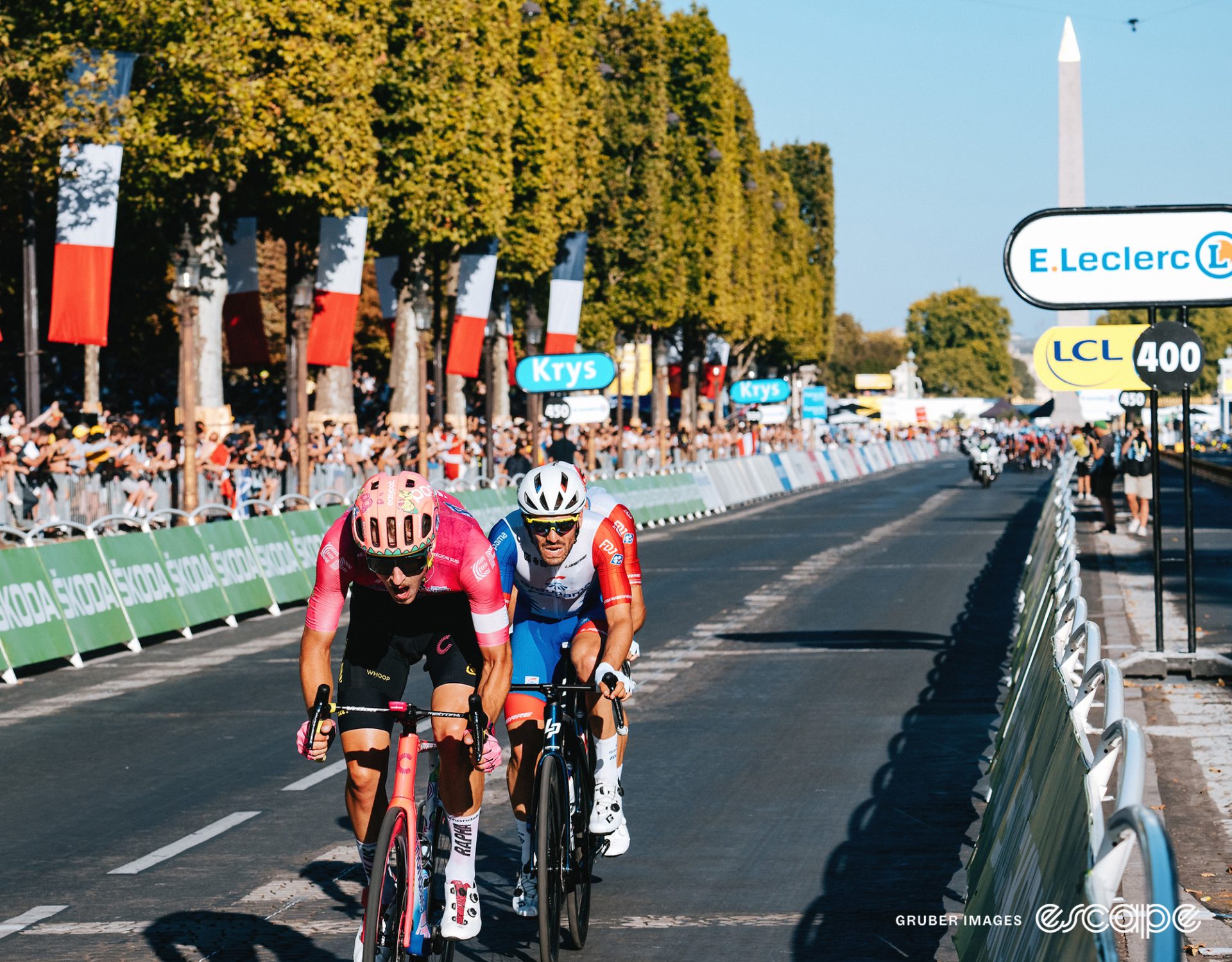
Drafting is riding behind another rider, which saves a significant amount of energy. A rider who is drafting simply doesn't have to pedal as hard as the rider in front because of wind resistance.
This is the premise upon which cycling tactics are built. Boiled down, cycling tactics are primarily focused on figuring out how to draft more than everybody else and then choosing the right moment to stop drafting and go it alone.
Drafting is so effective because wind resistance is the number one force a rider has to overcome. The faster a rider is going, the more wind resistance they face, which further increases the importance of drafting.
This is why mountains are so important to the Tour de France. When climbing mountains, riders are mostly overcoming gravity, not wind resistance. This makes drafting less effective. That means it's easier to attack and separate yourself from the other riders - they can't just follow in your slipstream, taking an easy ride.
On a flat road at high speeds, the second rider in a group may be using more than 30% less energy than the first rider. On a climb, that difference could be 5% or less. So if you're the first rider and want to ride away from a second rider, probably smart to do so on a climb. Hence, the importance of mountains.
Are substitutions allowed?
Nope. If a rider has to leave the race due to injury or illness, the team continues on without a replacement.
What's a breakaway and why do they exist?
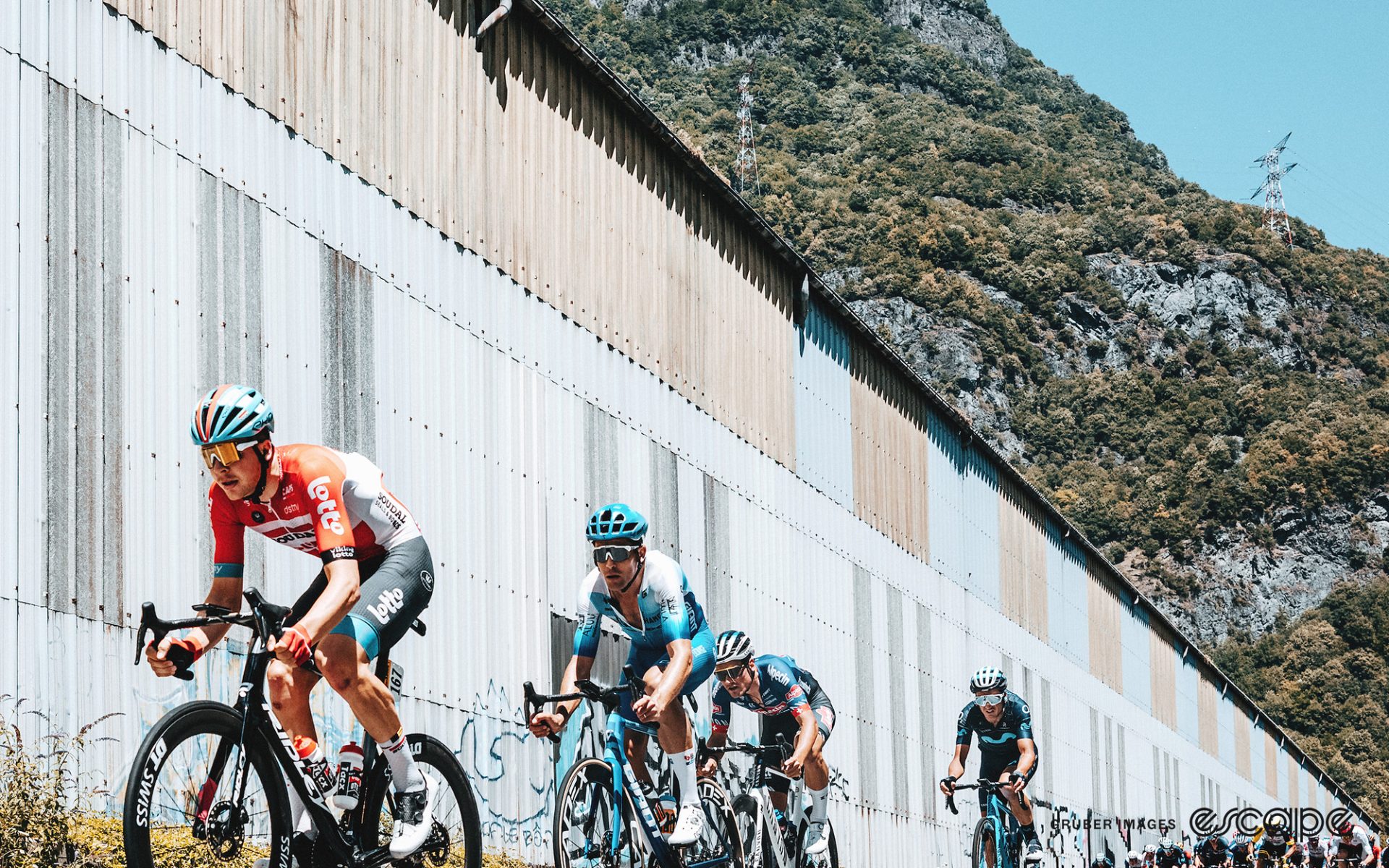
A breakaway is a group of riders, anywhere from one to a few dozen, that splits off from the front of the main peloton. They literally break away by sprinting away to establish a gap and then staying ahead further up the road from the rest for some period of time. The purpose of this changes depending on the stage in question and the dynamics of the race, but most breakaways fall into one of three categories.
Doomed/French: Some stages of the Tour de France are almost impossible for a breakaway to win. These are flat, fast sprint stages, where the larger peloton has a big advantage (more riders = more drafting = more speed). Yet a breakaway will still split off. Why? These breaks are doomed.
They are generally full of lower-level teams, often French, that are just looking for TV time. They are a rolling billboard for the day, and will almost surely be caught before the finish. Yet they continue to try. We salute them.
Optimistic: There are other stages where a breakaway has a good chance of survival to the finish line, so any rider in the break has a chance at a stage win. These are usually hilly or mountain stages deeper into the race, where the contenders for the yellow jersey have little incentive to keep the peloton together. At this point in the race, many riders are far behind in the GC, so they are allowed to form a breakaway and fight for a stage win. They are no threat to the yellow jersey.
The key subtext here is that winning a Tour de France stage is incredibly difficult. Most riders will never do it. And for most riders, winning out of a breakaway is the only way they will win a stage. Competing with only a small handful of other riders instead of nearly 200 improves their odds.
On these days, the precise makeup of the breakaway is carefully monitored by the leading teams. They want the right mix of riders - nobody close to the yellow jersey will be allowed. Once the right mix is found (this can take more than an hour of hard racing), the break is "allowed" a bit of a time gap.
There is a rhythm to these sort of Tour de France stages. After the start, the fight for the breakaway begins. That small, manageable group is then left to dangle in front of the peloton for much of the day, before being chased back (or sometimes not) before the finish. Traditionally, the peloton and the breakaway call a bit of a truce in the middle hours of a long stage before the chase resumes near the finish, the breakaway is caught, and the peloton fights for the stage win.
Earned: On the hardest stages, often those with big mountains, a breakaway might simply be the strongest riders in the race riding away from everybody else. This is hardly even a breakaway anymore, since by definition a breakaway is breaking away from the focal point of the race. But if the top contenders are all breaking away together, they are still the focal point of the race. In this scenario, everyone else is just dropped.
A rider is leading everybody, but they are apparently not winning. What gives?
Being first is generally a bad thing in bike racing. Right up until the finish line, that is.
The rider at the front of the peloton at most points throughout the Tour de France is quite intentionally not winning. They are working for somebody else. This comes back to drafting. Whoever is on the front of any group is doing an extraordinary amount of extra work. They are pedalling way harder than everybody behind them. When things really heat up, they will already be tired and will get dropped. That means that the position on the very front is a sacrificial one. Any rider who finds themselves there long before the finish is doing a job for their leader.
What's the deal with time trials?

Ahh, contre la montre. Against the clock. That's what time trials are.
Most Tours de France have at least one time trial. A time trial is a stage where riders start one at a time, rather than as a large group, and are timed from start to finish. They call it the "race of truth" because there is no drafting, no teamwork, just a rider against the course.
Since the Tour de France is won by accumulating time, these stages are always important to winning the yellow jersey.
Team time trials are also a thing. These fall under the same rules but each team is set off as a group. They work together (drafting!) to get to the finish as quickly as possible.
Did we do a good job with this story?



